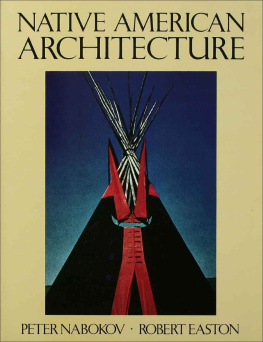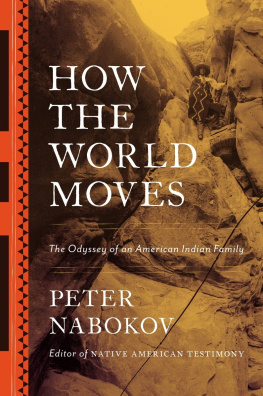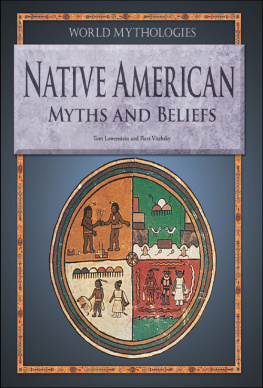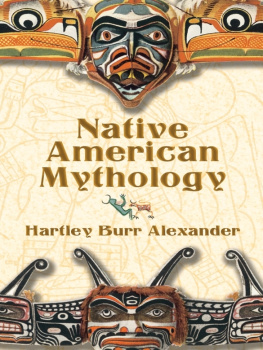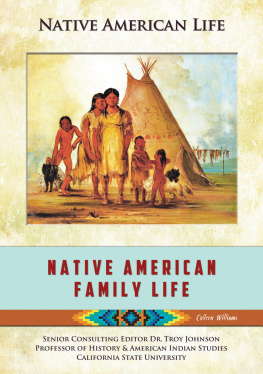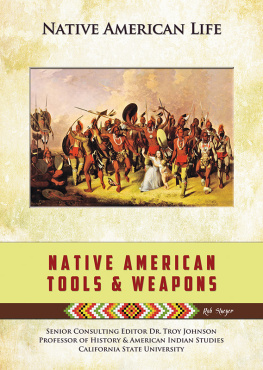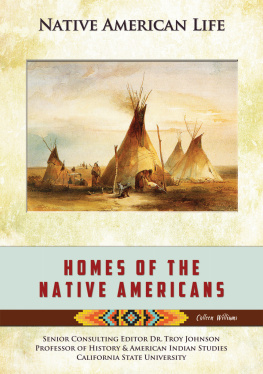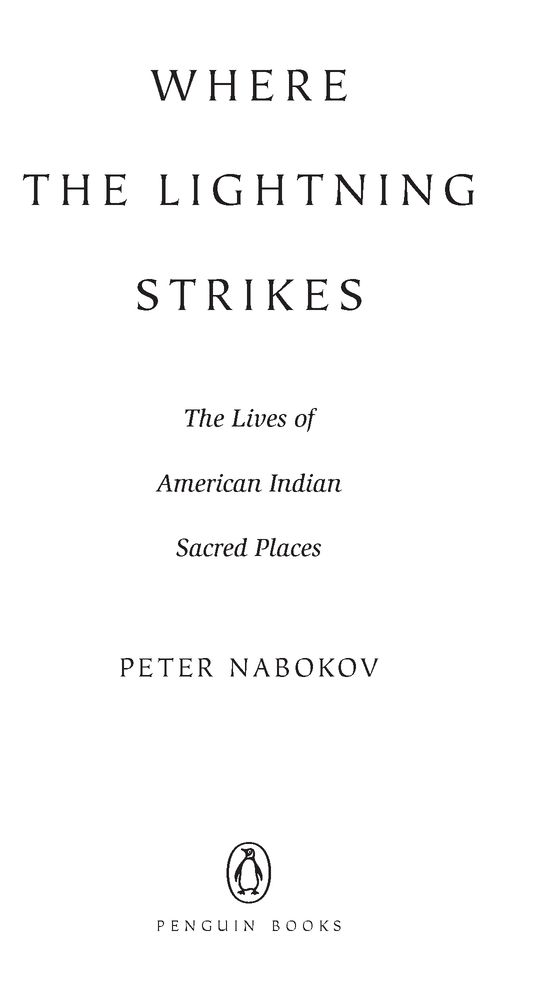Table of Contents
ADDITIONAL PRAISE FOR WHERE THE LIGHTNING STRIKES
As a boy I was addicted to wandering around the countryside and forests of northern Michigan looking for lightning trees because clumsy reading of Indian lore told me that these were powerful places. Sixty years and hundreds of books on Indians later I now have in my hands the book I have devoutly wished for. Peter Nabokov is not only a great scholar but a fine writer so that this exhaustive study of sixteen places reads with uncommon grace. Anyone with an interest in our first citizens or the nature of true reverence will wish to know Where the Lightning Strikes.
Jim Harrison
Nearly fifty years ago, Peter Nabokov began a journey that led to the creation of this remarkable book.... As the author illustrates in every chapter of Where the Lightning Strikes, a surprising number of indigenous Americans still interact with ancient sites in every corner of what to them is a vibrant and living land. Nabokovs own experiences in visiting American Indian sacred places make his story more convincing and personal.... Where the Lightning Strikes helps the reader understand the wide range of different tribal relationships to the natural world and celebrates their persistence.... [It] should be required reading not just for policy makers, environmentalists, and those interested in Indians, but for anyone open to thinking more deeply about our human relationships to the land.
Joseph Bruchac, Orion
An amazingly complex presentation of the human struggles on behalf of sacred places that demonstrates how secular society may be completely unaware of the existence of religious sites and remain without the blessings that such knowledge may bring.Vine Deloria Jr.
Nabokov takes us on an engaging journey across the sacred geography of American Indians, from the rivers of Maine to the mountains of California, showing us the religious and historical significance of these sacred places.... Since the 1960s and 70s, theres been a degree of respect for American Indian religions, but theres also been an unmistakable backlash since then.... This is a sad story for anyone who cares about cultural diversity, and it has seldom been told so well or with such sympathetic understanding.San Francisco Chronicle
Where the Lightning Strikes is a first-rate evocation of sacred places in the American Indian world. At a time when respect for the earth seems at a low ebb indeed, here is a book that reminds us that we inhabit a landscape of sacred places and that the American Indians reverence for those places is sustenance for the human spirit. We have been in need of this book for a long time. We owe to Peter Nabokov a sincere vote of thanks.
N. Scott Momaday
Excellent... Nabokovs deeply informed text is enhanced by his first-person accounts of his visits to the locations and by his spirited commentary on the writings of other ethnographers, naturalists, linguists, and anthropologists. Sentimental clichs and monolithic views are dismantled along the way.Publishers Weekly
Nabokov does a masterly job of exploring the numinous balance between the American Indian sense of place and sense of the sacred while being careful not to intrude upon aspects of Native American spirituality that should remain private. His work is thought-provoking, poignant, and provocative.Library Journal
There are two worlds, really: the one we live in and the one we dream in. American Indian societies understood the distinction and the connections far better (and far more poetically) than most of the European cultures that overran their continent. For those of us nonnatives still trying to figure out who we are by understanding where we are, Peter Nabokovs Where the Lightning Strikes is a superbly conceived road map.
Page Stegner
PENGUIN BOOKS
WHERE THE LIGHTNING STRIKES
Peter Nabokov is a professor of American Indian Studies and World Arts and Cultures at UCLA. His previous books include A Forest of Time, Native American Testimony , Native American Architecture (with Robert Easton), and Two Leggings: The Making of a Crow Warrior. He lives in Los Angeles, California.
For Vine Deloria Jr.
Introduction
My first encounter with the merging of physical and spiritual habitats described in this book came on a hot South Dakota afternoon in 1958. A Lakota Indian friend named Ed Clown from the Cheyenne River Sioux Reservation had a place he wanted me to see. For an hour we followed dirt roads west of the town of Dupree until we parked on a road shoulder and began to walk across ranks of plowed furrows. A quarter mile off stood a solitary butte with unmowed ground cover, rounded boulders and stunted pines. Up top looked like a good place to catch a breeze. Later I learned we were not far from the geographical center of North America.
Encircling the butte were busted strands of rusty wire that drooped between rotting posts. We stepped over them and didnt look back. Unlike those regimental lines of naked, sliced dirt behind us, here the grass blew and peaked like waves. Big rocks, crusted with patches of gray and ocher lichen, sank into the earth. We used a single-file path that lay so deep the grass tunneled over it. The smell was of sage and manure. Our movements flushed insects; a dirty-yellow meadowlark skipped ahead.
Ed turned with a sharp glance; I stepped up the pace. On the summit I followed him to a rock with charred spots. He dribbled tobacco from a Bull Durham pouch, cracked a match, burned the mixture and said some words. My eyes strayed past some U-shaped rock enclosures at the rim, across the fields to a hazy line of cottonwoods along a river. Under the sky the horizon was wide and curved and spread, as a Lakota phrase goes, with awanka toyala, the greenness of the world.
I think the butte belonged to a white rancher who looked the other way about Indians coming up. But Ed wasnt behaving as if anybody owned the place. It seemed more the opposite, as if the real authorities hovered in the air around us.
When I was six, my mother told me that American Indians were here first, and Ive spent much of my life investigating what that all means. Certainly one of the results of such a long residence is a range of deep and complex ties to the environment, including those that prompted an Australian Aborigine to ask a National Geographic writer if America had people who had lived there as long as his had in Australia. Only the American Indians, the visitor replied, [are] as old in that land as your people are in this one. The Aborigine nodded thoughtfully. Thats very old. Perhaps as old as the Dreamtime, he said. They must have sacred places in the land as we have.
My awareness of this older Indian presence in America deepened when I was twelve and our school class stumbled upon the remains of a Pautuxant Indian village near my hometown. There was something raw about the way that evidence rose from the dirt. The sense of responsibility we felt toward those arrowheads, beads and trade pipes was serious and new to us. Ten more years of reading and thinking about Indians led me to this butte in South Dakota.
A gentle man of few words, Ed Clown didnt explain the place. Now I know that once upon a time a solitary vision seeker had experienced an important revelation here, which launched its reputation as a promising location to encounter spirits and beg for luck and power. At that time it seemed enough that Ed had brought me to a place he cared about, that I knew it was a sacred spot, and that Id behaved accordingly. Today I wonder whether he also wanted me to understand that there was more to some American places than met the eye and to appreciate that his people had known that for a long time.


